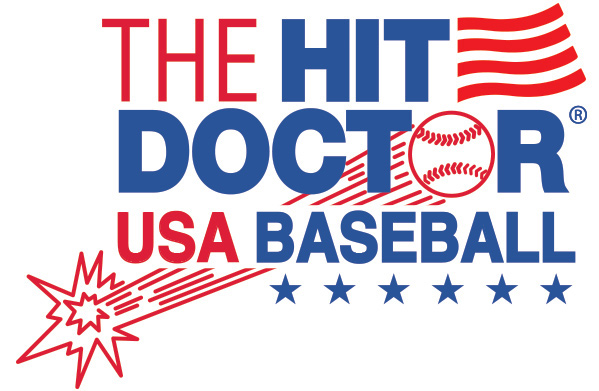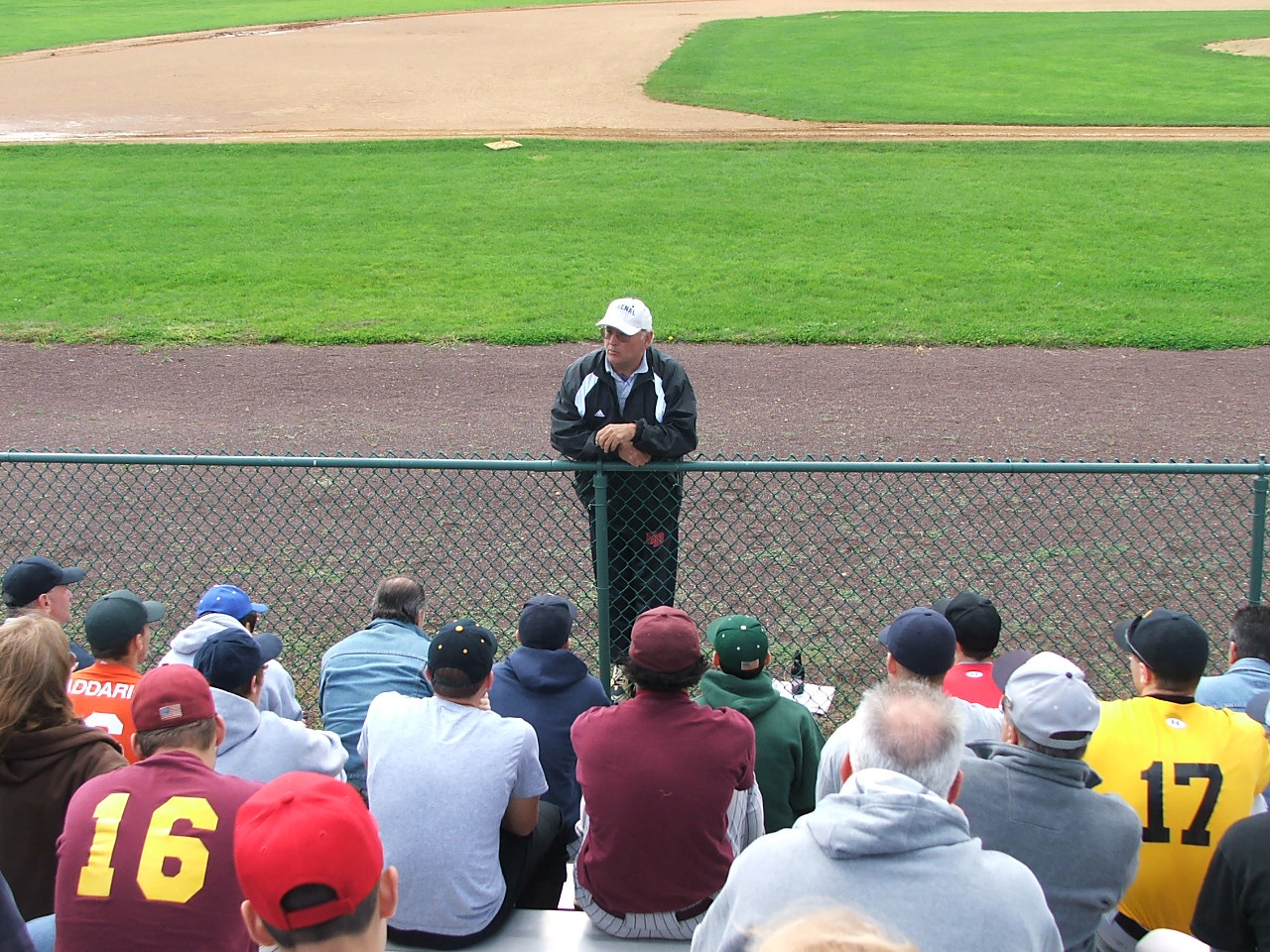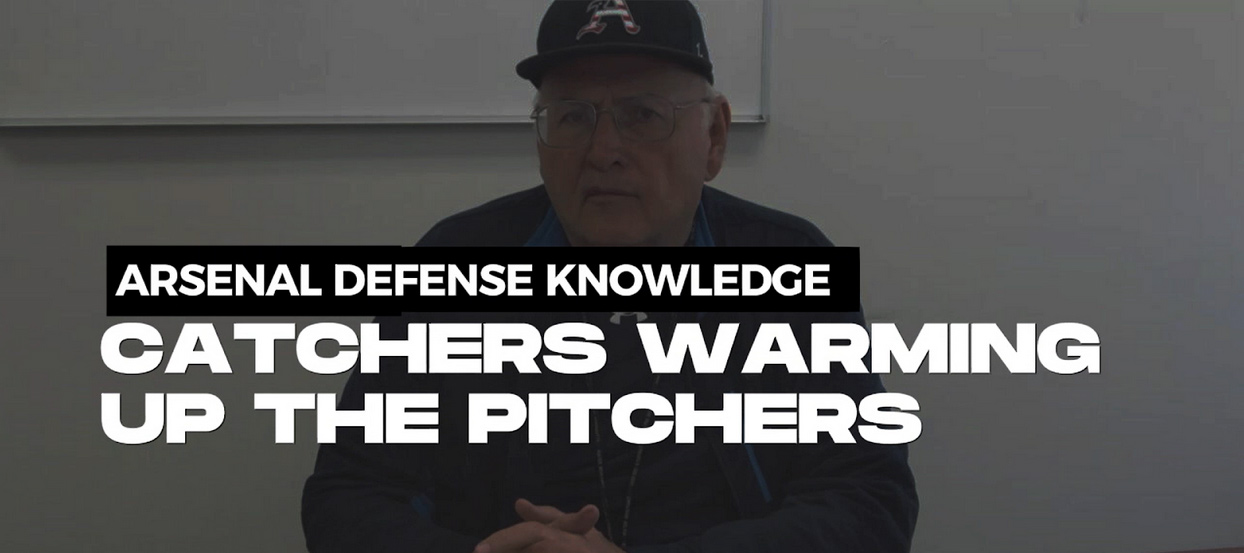“In the Arsenal, We Better Not See Our Catchers Standing Up When They’re Warming Up the Pitchers.” – Arsenal USA Baseball and The Hit Doctor USA Founder Coach Joe Barth.
Full Gear and Readiness
We want our catchers to be in full gear during warm-ups. This includes wearing a helmet, chest protector, leg guards, and a catcher’s mitt. Full gear not only protects the catcher but also simulates actual game conditions, which helps pitchers get used to throwing to a fully equipped catcher.
Preparation with Extra Baseballs
Catchers should always have two baseballs in their pocket during warm-ups. This preparation ensures that if a pitcher throws one away, the catcher has an extra ball ready to keep the session flowing smoothly. This readiness minimizes downtime and maximizes the efficiency of the warm-up process.
Proper Stance and Mechanics
Right from the first pitch, it’s essential that catchers are in the correct stance to support the pitcher’s preparation. As soon as the pitcher steps onto the pitching rubber or bullpen mound, the catcher must immediately get down into the proper squatting position. This consistent and game-like target helps the pitcher fine-tune their delivery, maintaining rhythm and mechanics that are critical for game scenarios.
Adjusting to Pitcher Readiness
If the pitcher isn’t ready to throw full distance from the pitching rubber or bullpen mound, catchers need to adjust accordingly. As soon as the pitcher steps onto the mound, catchers move up to meet them. This proactive approach ensures that pitchers feel supported and comfortable, setting a positive tone for the warm-up session.
Starting with Controlled Pitches
We prioritize the first 10 to 20 pitches to be thrown slowly and outside to the glove side. For a right-handed pitcher, this means throwing away to a right-handed hitter. This deliberate strategy helps pitchers focus on hitting specific spots early on, building confidence and consistency in their delivery. It also allows catchers to gauge the pitcher’s control and adjust their positioning as needed to optimize each throw. This initial focus on the glove side helps lock in the pitcher’s mechanics for the day, setting a solid foundation for the rest of the session.
Executing Game-Like Sequences
After the initial warm-up, it’s important to simulate game scenarios. Pitchers should practice sequences as if facing a hitter, without throwing curveballs initially. This includes rehearsing the pitches they would use against three or four upcoming hitters. This preparation helps pitchers mentally and physically prepare for the actual game, ensuring they are ready to face real opponents.
Taking a Structured Rest
Once the pitcher feels ready, we take a structured 5-minute rest. During this time, the pitcher should put on their jacket and sit down to allow their arm to recover. This break is crucial for preventing fatigue and ensuring the pitcher remains in top condition.
Simulating Pickoff Moves
After the rest, we return to the mound for a final preparation phase. The catcher will pretend to be the first baseman, and the pitcher will practice 13 pickoff moves. This exercise guarantees that the pitcher’s arm is loose and ready for game action. It also helps refine pickoff techniques, which are essential for controlling the running game during the actual match.
Catchers play a pivotal role in optimizing pitcher performance by adjusting our approach based on the pitcher’s needs, focusing on controlled pitches to specific locations, practicing game-like sequences, and maintaining clear communication. Let’s continue prioritizing meticulous warm-up practices to ensure our team is primed and ready for every game opportunity.


